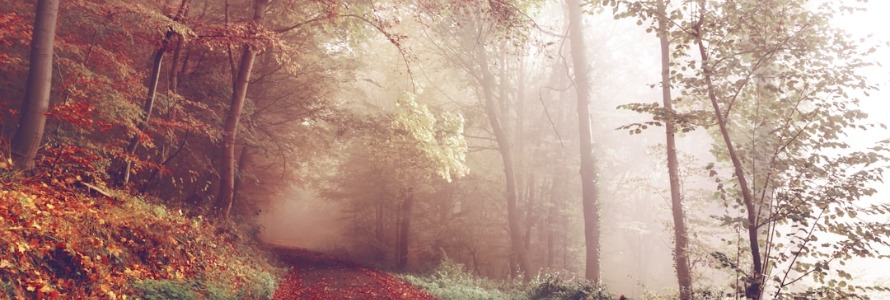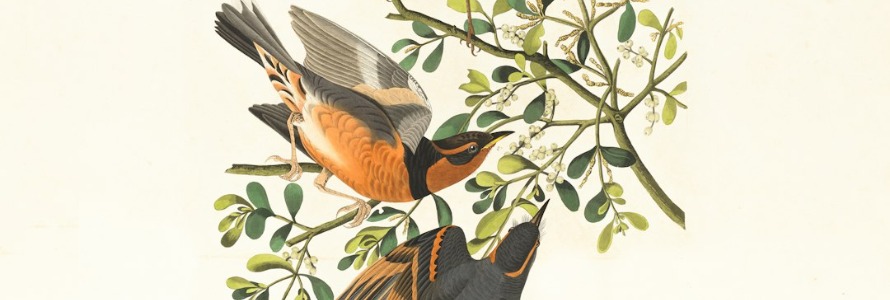
Nature has always been a source of inspiration for writers, poets, and thinkers. The serenity of a forest, the majesty of mountains, and the rhythmic ebb and flow of the ocean waves have all found their way into the pages of literature. Nature writing is a unique genre that allows us to capture the beauty and wonder of the natural world through words. In this guide, we’ll explore the art of nature writing and offer tips and techniques to help you turn your experiences in the wilderness into captivating prose.
The Heart of Nature Writing
Nature writing goes beyond mere description; it’s about conveying the emotions and experiences that nature evokes. It’s about finding the poetry in the earth and sharing it in a way that resonates with readers. A well-crafted piece of nature writing can transport readers to a tranquil forest, a rugged coastline, or a blooming meadow, allowing them to experience the beauty and wonder of the natural world.
1. Begin with a Vivid Description
A compelling piece of nature writing often begins with a vivid description that draws readers into the scene. Use descriptive language to paint a picture in the reader’s mind. Describe the colors, textures, sounds, and scents of the natural world. Engage all the senses to create an immersive experience. For example:
“As I walked through the forest, the golden sunlight filtered through the canopy, casting dappled shadows on the forest floor. The air was filled with the earthy scent of pine and the melodic songs of birds, creating a symphony of nature’s music.”
2. Capture Emotions and Sensations
Nature has a profound impact on our emotions and sensations. Whether it’s the awe of standing at the edge of a vast canyon, the peace of listening to a babbling brook, or the exhilaration of hiking a challenging trail, these feelings are an integral part of nature writing. Share your own emotions and sensations to create a deeper connection with your readers. Authenticity is key—let your passion for nature shine through your writing.
3. Include Personal Reflections
Personal reflections add depth and meaning to nature writing. Reflect on your relationship with the natural world and how it has influenced you. What does nature mean to you? How does it inspire and rejuvenate you? These reflections provide readers with insights into your perspective and help them relate to your experiences.
4. Explore the Beauty of Small Details
Nature writing often celebrates the beauty of small details that might be overlooked in the hustle and bustle of daily life. Focus on the intricate patterns of a leaf, the delicate petals of a wildflower, or the movement of clouds across the sky. These small details can evoke a sense of wonder and appreciation for the natural world.
5. Weave in Ecological and Environmental Themes
Nature writing provides an opportunity to explore ecological and environmental themes. Discuss the interconnectedness of ecosystems, the importance of conservation, and the impact of human activities on the natural world. Raising awareness about environmental issues can inspire readers to appreciate and protect the earth.
6. Maintain a Conversational Tone
A conversational tone makes nature writing more accessible and engaging. Write as if you’re sharing your experiences with a friend during a leisurely walk in the park. Use simple, straightforward language, and avoid overly technical or formal terms. A conversational style helps create a connection with readers and invites them to share in your appreciation of nature.
7. Create a Narrative Arc
A well-crafted piece of nature writing should have a clear narrative arc. Begin with an engaging introduction that sets the scene, follow with the main body where you delve into your experiences and reflections, and conclude with a thought-provoking ending. This structure provides a logical flow and keeps readers captivated from start to finish.

SEO-Friendly Nature Writing: Tips and Techniques
Crafting a beautiful piece of nature writing is important, but making it discoverable online is equally crucial. Here are some tips for writing SEO-friendly nature content that attracts readers and ranks well in search engine results.
1. Conduct Keyword Research
Start with keyword research to identify the terms and phrases your target audience is searching for. Use tools like Google Keyword Planner or Ahrefs to find relevant keywords with good search volume. Incorporate these keywords naturally into your title, headings, and throughout your article.
2. Craft Engaging Titles and Headings
Your title is the first thing readers and search engines see, so make it count. Create an engaging and descriptive title that includes your primary keyword. Use headings and subheadings to break up your content and make it easier to read. Include relevant keywords in these headings to improve your SEO.
3. Write Compelling Meta Descriptions
A well-crafted meta description provides a concise summary of your article and entices readers to click. Keep it under 160 characters and include your primary keyword. A compelling meta description can improve your click-through rate and boost your search engine ranking.
4. Use Internal and External Links
Incorporate internal links to other relevant content on your blog. This helps search engines understand the structure of your site and keeps readers engaged. External links to reputable sources can add credibility to your article. Just make sure the links are relevant and add value to your content.
5. Optimize for Readability
SEO is not just about keywords; it’s also about creating a positive user experience. Write in a clear and conversational tone. Use short paragraphs, bullet points, and lists to make your content easy to read. Avoid jargon and complex sentences that might confuse readers.
6. Encourage Reader Engagement
Encourage readers to engage with your content by asking questions, prompting comments, and sharing your article on social media. Engagement metrics like time on page, bounce rate, and social shares can impact your SEO. The more engaged your readers are, the better your article will perform.

Crafting Your Nature Piece: Step-by-Step Guide
Now that we’ve covered the essentials of nature writing and SEO, let’s walk through the process of creating your nature piece step by step.
Step 1: Choose Your Setting and Theme
Select a natural setting that inspires you, whether it’s a forest, beach, mountain, or garden. Consider a theme that ties your narrative together, such as the changing seasons, the beauty of wildlife, or the tranquility of nature. Your theme will guide your writing and provide a cohesive thread throughout your piece.
Step 2: Plan Your Narrative Arc
Outline the key points and experiences you want to include in your nature piece. Think about the narrative arc and how you want to structure your story. Identify the moments, reflections, and details that will form the backbone of your narrative.
Step 3: Write an Engaging Introduction
Begin with a captivating hook that draws readers in. This could be an intriguing anecdote, a vivid description, or a thought-provoking question. Your introduction should set the stage for the journey and entice readers to keep reading.
Step 4: Describe Your Experiences in Detail
Dive into the heart of your nature piece by describing your experiences in vivid detail. Use descriptive language to create a sensory experience for your readers. Share your personal reflections, insights, and emotions to make your narrative relatable and engaging.
Step 5: Highlight Ecological and Environmental Themes
Provide context and insights about the ecological and environmental themes relevant to your setting. Discuss the interconnectedness of ecosystems, the importance of conservation, and the impact of human activities on the natural world. This adds depth and significance to your writing.
Step 6: Conclude with Reflections
Wrap up your nature piece with your reflections and takeaways. What did you learn from your time in nature? How did it inspire or change you? What message do you want to convey to your readers? Your conclusion should leave readers with a sense of closure and inspiration.
Step 7: Edit and Optimize for SEO
Review your nature piece for clarity, coherence, and engagement. Check for grammar and spelling errors, and ensure your writing flows smoothly. Optimize your content for SEO by incorporating relevant keywords, crafting engaging titles and headings, and writing a concise meta description.
Final Thoughts
Nature writing is a powerful genre that allows you to share your unique perspective, connect with readers on an emotional level, and provide deeper insights into the natural world. By following the tips and steps outlined in this guide, you’ll be well on your way to creating nature pieces that captivate, inspire, and inform. So, grab your notebook or laptop, and start finding the poetry in the earth through your writing. Happy exploring!


